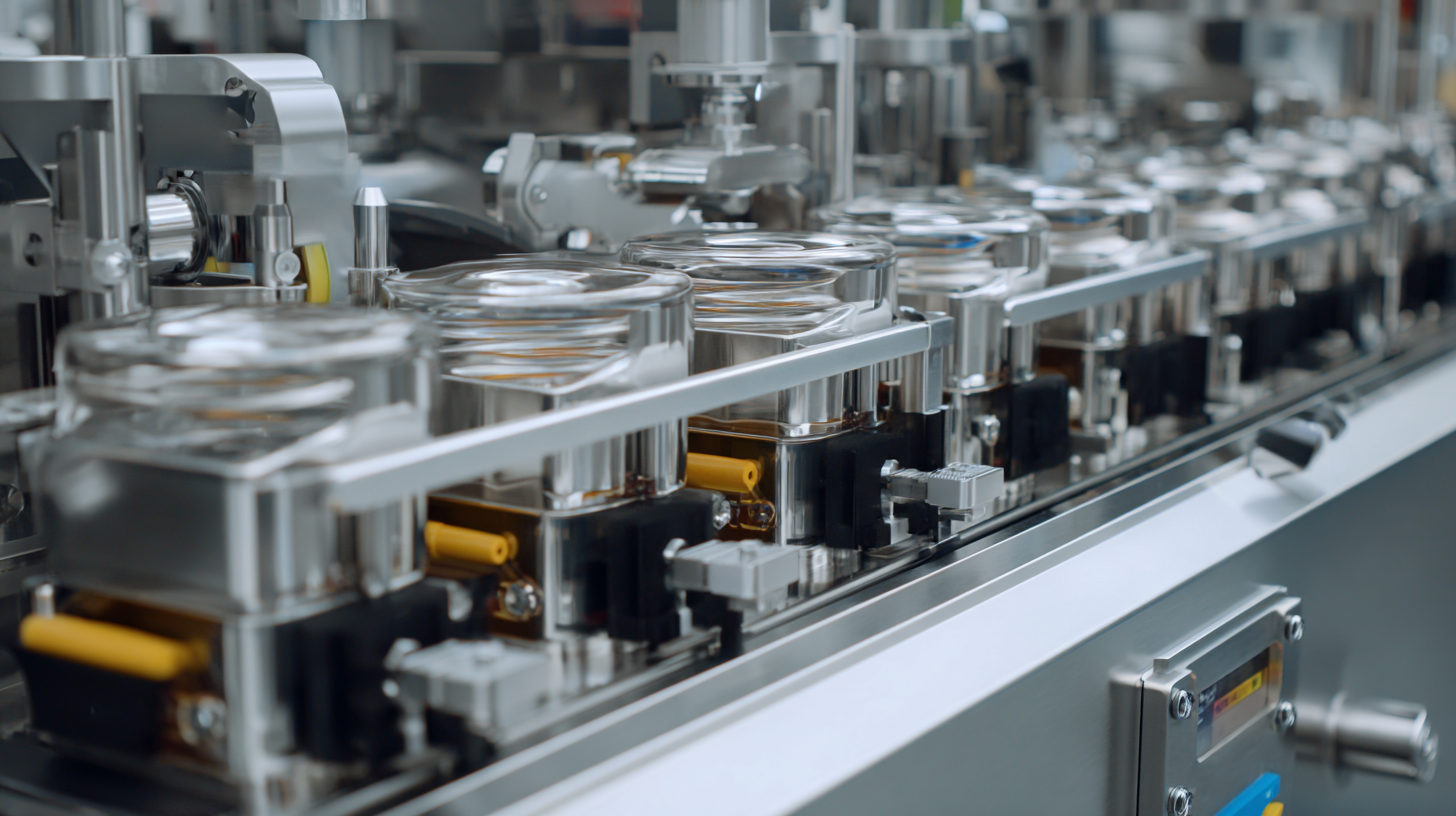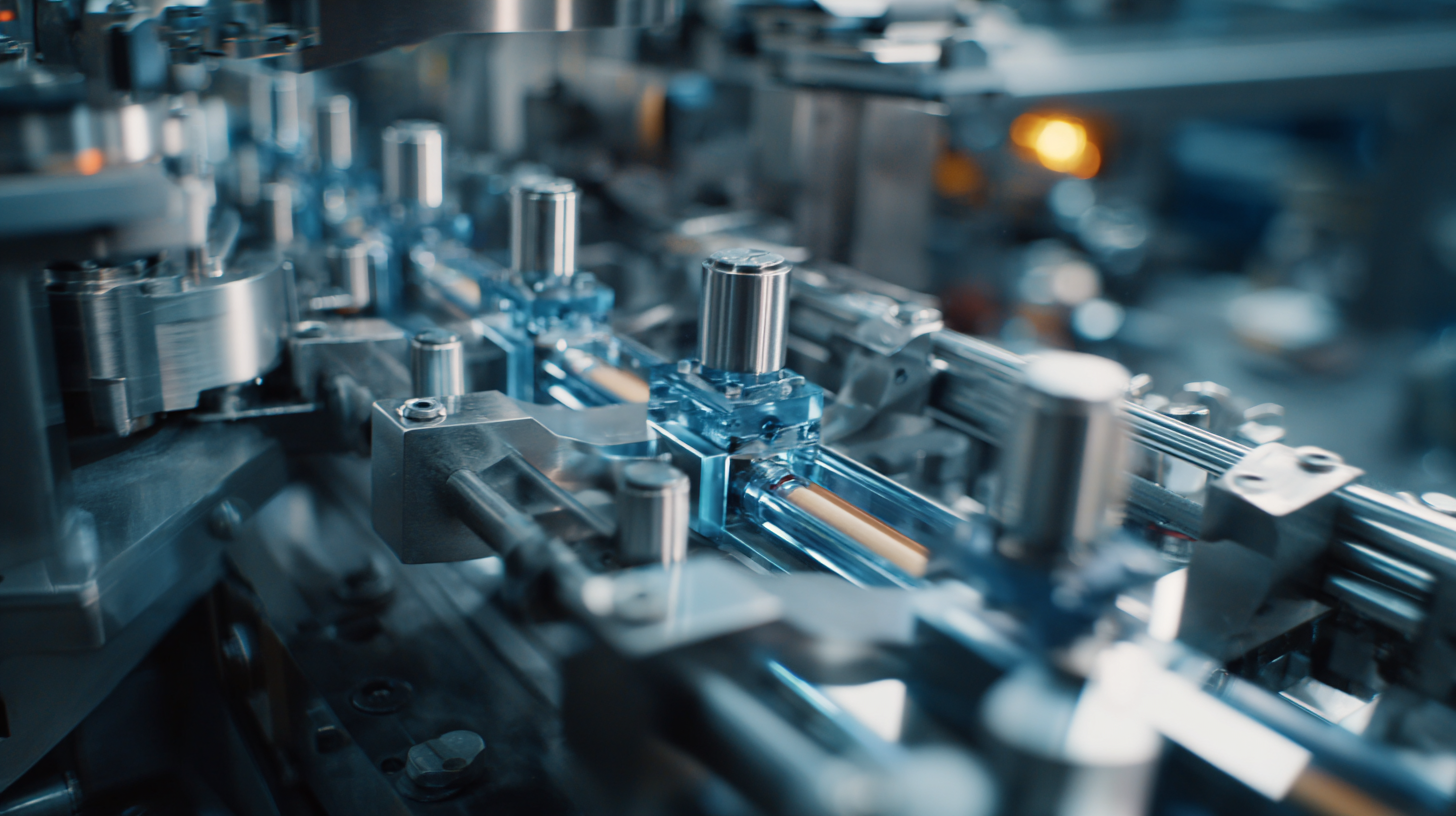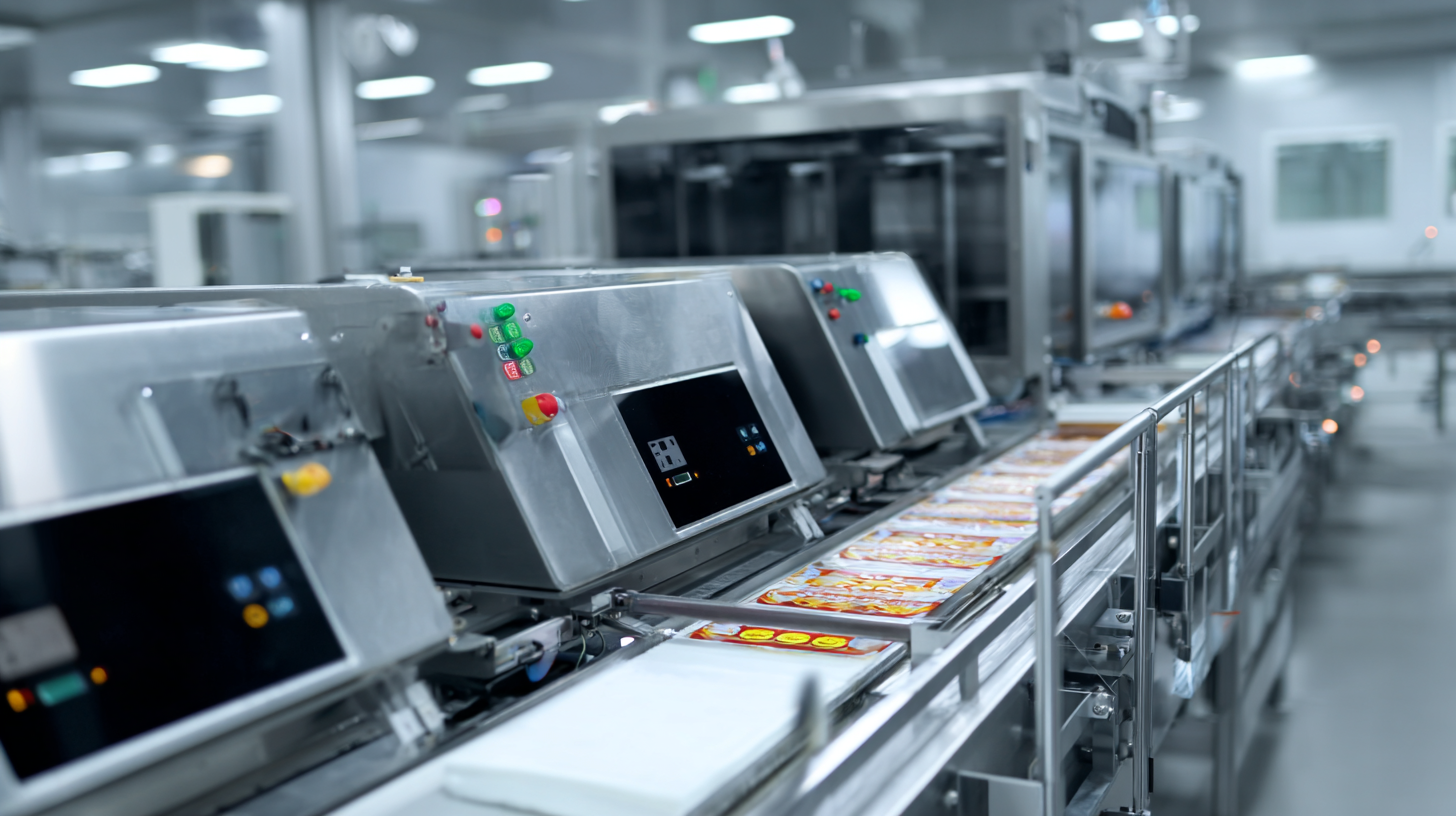Unlocking the Potential of Best Food Packaging Machines Through Comprehensive Technical Specifications and Step by Step Guidelines
In the ever-evolving landscape of the food industry, the role of food packaging machines has become increasingly critical in ensuring product safety, quality, and efficiency. According to a report by Grand View Research, the global food packaging machinery market is expected to reach USD 50.07 billion by 2025, reflecting a CAGR of 4.9% from 2019 to 2025. This growth underscores the importance of leveraging advanced technology and precise technical specifications to unlock the potential of these machines. World-class Chinese factories are at the forefront, offering unparalleled manufacturing capabilities that enhance the production processes.

By following comprehensive technical specifications and step-by-step guidelines, businesses can fully harness the advantages of sophisticated food packaging machines, ensuring they meet the high standards demanded by both consumers and regulatory bodies while driving profitability and innovation in their operations.
Exploring the Importance of Food Packaging Machines in Modern Food Industry
In the modern food industry, food packaging machines play a crucial role in ensuring product quality and safety. As consumer preferences shift towards convenience and sustainability, the demand for efficient packaging solutions has soared. These machines not only extend the shelf life of food products but also enhance their appeal through innovative packaging designs. By adopting advanced technologies, food packaging machines help manufacturers meet the strict regulations surrounding food safety, preserving the integrity of the products from production to consumption.

Moreover, leveraging best practices in food packaging ensures that businesses can maintain competitiveness in a crowded market. With the rise of e-commerce, packaging must also be resilient enough to withstand transport hazards while remaining easy for consumers to open. Comprehensive technical specifications and clear guidelines are essential for organizations looking to invest in packaging machinery. This ensures optimal operation and returns on investment, ultimately supporting a stronger brand reputation and improved customer satisfaction. The integration of automation in food packaging enables manufacturers to boost productivity and reduce human error, further solidifying the vital role these machines play in the evolving landscape of the food industry.
Key Features to Look for in High-Quality Food Packaging Equipment
The food packaging industry is evolving rapidly, with an emphasis on enhanced sustainability and efficiency. As we explore high-quality food packaging equipment, several key features emerge that are critical for effective performance. For instance, advancements in polyethylene resin have significantly improved barrier properties, recyclability, and design flexibility, enabling manufacturers to produce sustainable green packaging solutions that meet growing consumer demands.

When selecting food packaging machinery, it’s essential to consider the application scope. The global market for modified atmosphere packaging (MAP) equipment is projected to exceed $2.2 billion by 2024, with a compound annual growth rate (CAGR) exceeding 4.8% from 2025 to 2034. This growth is driven largely by the increasing demand for convenience and ready-to-eat foods. Equipments that facilitate MAP utilize cutting-edge technology to extend product shelf life while preserving freshness.
Tips: Always assess the technical specifications thoroughly to ensure the machinery fits your operational needs. Moreover, investing in energy-efficient equipment can significantly reduce costs in the long run, aligning with sustainability goals. Lastly, stay informed about innovations like water-based barrier technology, which is revolutionizing the industry by pushing for scalable, eco-friendly packaging solutions.
Step-by-Step Guide to Selecting the Right Packaging Machine
When it comes to selecting the right food packaging machine, a structured approach is essential to make an informed decision. Start by identifying your specific packaging needs. Consider the type of food products you plan to package—whether they're dry, liquid, or perishable. Each type of product will have different packaging requirements, so it's crucial to assess factors like shelf life, packaging material compatibility, and production volume. Knowing these parameters will guide you in narrowing down your options effectively.
Next, evaluate the machine's technical specifications and features. Look for machines that offer versatility in terms of packaging styles, such as vacuum sealing, pouch filling, or shrink wrapping. Pay attention to the machine's speed, size, and energy efficiency. Additionally, consider the ease of operation and maintenance, as these will impact your overall productivity and operating costs. Finally, don’t forget to factor in after-sales support and warranty terms, as these can greatly influence your satisfaction and machine longevity. By carefully following these guidelines, you'll be well-equipped to choose the packaging machine that best suits your needs, unlocking the potential for improved efficiency and product quality in your food packaging process.
How Technical Specifications Affect Packaging Performance and Efficiency
The impact of technical specifications on food packaging machines is profound, influencing not just the performance but also the efficiency of the entire process. Each specification, from the material used in construction to the machine's speed and automation features, plays a crucial role in determining how well a packaging machine can meet production demands. High-quality materials ensure durability and hygiene, vital for food safety, while advanced technologies enhance speed, reducing bottlenecks during packaging.
Moreover, technical specifications can dictate the flexibility of these machines to accommodate different packaging formats and sizes. With the food industry continuously evolving, the ability to quickly adapt to new packaging requirements without extensive downtime is essential for maintaining competitiveness. Understanding the nuances of these specifications allows manufacturers to select the most appropriate machinery, optimizing workflow and reducing waste, ultimately leading to increased profitability in operations. By following comprehensive guidelines centered around these specifications, businesses can unlock the full potential of their food packaging processes.
Performance Comparison of Food Packaging Machines
This chart compares the performance of three different food packaging machines based on key metrics: speed (packages per minute), efficiency (percentage), error rate (percentage), and maintenance frequency (days). Understanding these specifications can help in selecting the right machine for optimal packaging performance.
The Future of Food Packaging: Innovations and Trends to Watch
In the ever-evolving landscape of food packaging, staying ahead of the curve requires an understanding of the latest innovations and trends. From biodegradable materials to smart packaging technologies, the future of food packaging is geared toward sustainability and efficiency. Brands are increasingly opting for materials that not only preserve freshness but also minimize environmental impact, reflecting a growing consumer preference for eco-friendly solutions.
Tips for businesses looking to innovate in food packaging include investing in research to identify new materials that align with sustainability goals. Additionally, partnering with technology providers can enhance packaging efficiency through automation and data analytics, improving shelf life and reducing waste. Introducing smart packaging solutions, such as QR codes for traceability and consumer interaction, can also provide valuable insights into consumer behavior and enhance brand loyalty.
Moreover, keeping an eye on regulatory developments is essential for compliance and consumer safety. By proactively adapting to these changes, brands can not only meet industry standards but also position themselves as leaders in the market. Emphasizing innovative packaging strategies will ensure that businesses not only keep pace with trends but also unlock the potential for growth in a competitive landscape.

